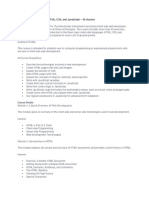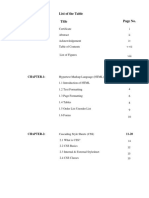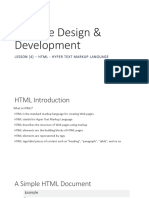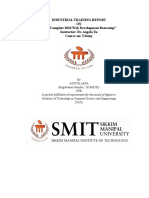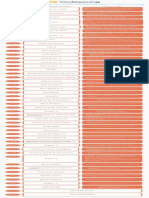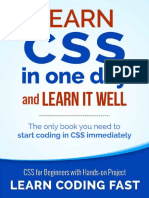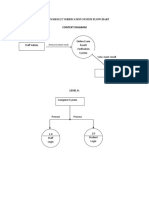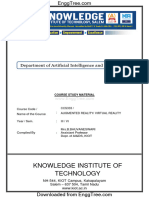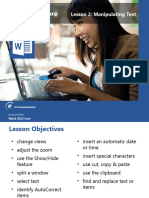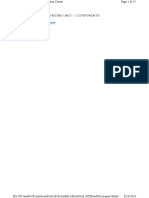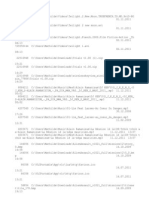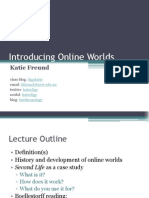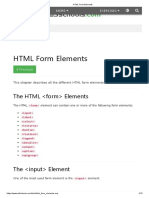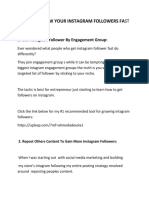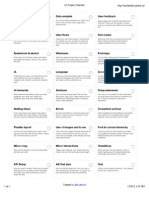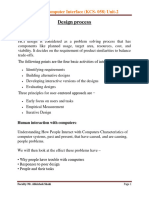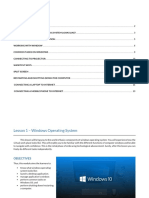0% found this document useful (0 votes)
96 views7 pagesOutline For Web Development Course
The HTML and CSS course syllabus covers 16 modules to teach students how to use HTML for webpage structure and CSS for presentation. Key topics include HTML tags, lists, images, links, and forms, as well as CSS selectors, fonts, text formatting, boxes, tables, and floats. The goal is for students to gain a basic understanding of HTML and CSS and be able to build beautiful, semantic websites by the end of the six-month course.
Uploaded by
Sultan KhanCopyright
© © All Rights Reserved
We take content rights seriously. If you suspect this is your content, claim it here.
Available Formats
Download as RTF, PDF, TXT or read online on Scribd
0% found this document useful (0 votes)
96 views7 pagesOutline For Web Development Course
The HTML and CSS course syllabus covers 16 modules to teach students how to use HTML for webpage structure and CSS for presentation. Key topics include HTML tags, lists, images, links, and forms, as well as CSS selectors, fonts, text formatting, boxes, tables, and floats. The goal is for students to gain a basic understanding of HTML and CSS and be able to build beautiful, semantic websites by the end of the six-month course.
Uploaded by
Sultan KhanCopyright
© © All Rights Reserved
We take content rights seriously. If you suspect this is your content, claim it here.
Available Formats
Download as RTF, PDF, TXT or read online on Scribd
/ 7



